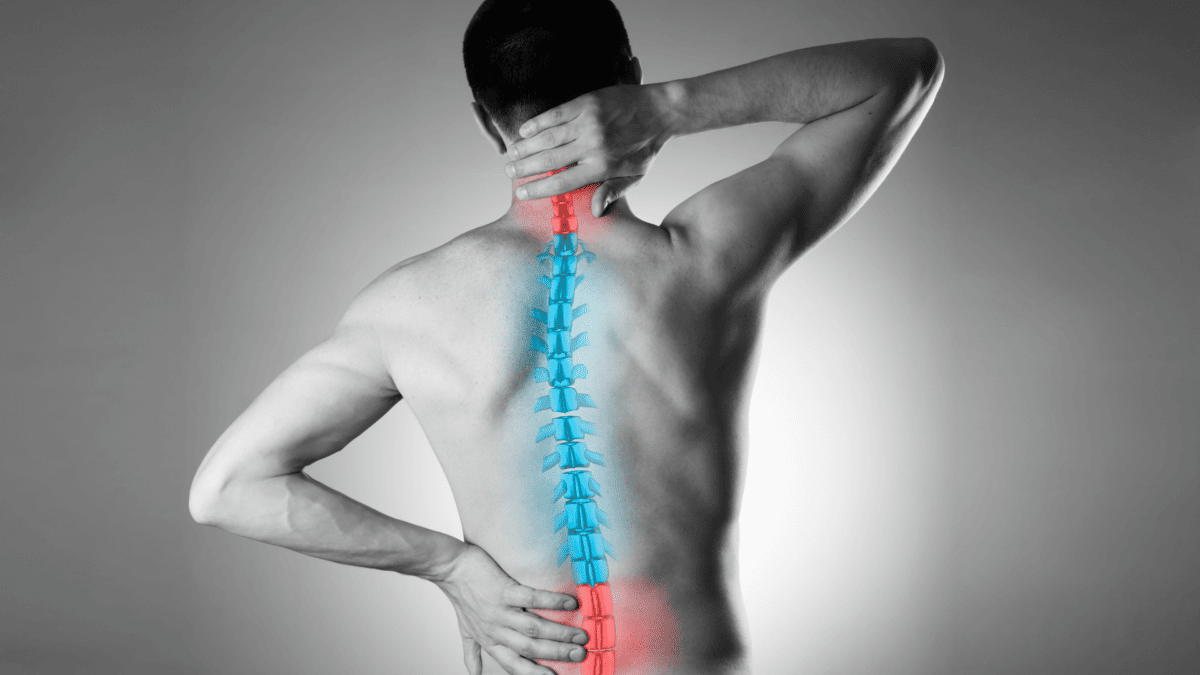Among the most common injuries to the musculoskeletal system are bone fractures. They most often happen when more force is applied to the bone than the bone can take. This can happen as a result of falling, trauma, or a direct blow to the body. Overuse or repetitive motions may also lead to a stress fracture by tiring muscles, which then put more pressure on the bone, an occurrence more commonly found in athletes. Diseases that weaken the bone may also lead to a fracture, such as osteoporosis or a cancer-induced bone disease. Symptoms of a fractured bone may include:
- Sudden pain
- Trouble using or moving the injured area or nearby joints
- Swelling
- Obvious deformity
- Warmth, bruising, or redness
Fracture healing takes time as new bone is formed between the broken parts. The process of healing starts immediately after injury, at a cellular level, and continues thereafter. Components in the healing process are broken up into three main phases: inflammation, repair, and remodeling.
Current pain management used for bone fractures are nonsteroidal anti-inflammatory drugs (NSAIDs) and opioids. However research indicates that NSAIDs may inhibit bone repair by preventing the critical inflammatory phase. Opioids have not proved to offer a better alternative as they may interfere with the functional status of patients, where effective healing of a load-bearing bone requires proper micro-movement and weight-baring. Therefore, delaying movement may delay healing and/or lead to further bone loss and additional broken bones. There is a clinical need to address pain management while not negatively impacting the healing process.
It has been previously researched the potential role cannabinoids may have in aiding bone health. This is due to the endocannabinoid system (ECS) being connected to the regulation of bone cell activity and bone remodeling. Studies have shown that endogenous cannabinoid ligands, cannabinoid receptors, and enzymes all play key roles in bone mass and in the regulation of bone disease. The main endocannabinoids, anandamide and 2-arachidonoyl glycerol (2-AG), are present in bone tissue at levels similar to those found in the brain. CB2 receptors are expressed in bone cells and have been discovered to have a bone anabolic action. Considering the involvement of the ECS in bone remodeling, modulation of the ECS could offer a possible treatment where bone loss is observed.
A limited number of studies have looked to cannabidiol (CBD) for its impact on fracture healing and bone homeostasis. In 2015, Kogan et al. suggested that CBD-induced stimulation of fracture healing takes place in the later phases of healing, increasing the toughness of the bone 8 weeks after fracture. Researchers concluded that “CBD alone is sufficiently effective in enhancing fracture healing”. In 2017, Li et al. used rodent models to investigate the therapeutic effect of CBD on severe bone loss due to spinal cord injury. Treatment with CBD provided the first direct indication of evidence that CBD prevents sublesional bone loss and deterioration of trabecular bone subsequent to spinal cord injury.
Recognizing that the investigation of cannabinoids for their therapeutic potential in managing fracture pain is in its infancy, Kumar Khajuria et al. used a mouse model of endochondral fracture healing to assess the impact of CBD and cannabigerol (CBG) on the different phases on healing and pain managing effects. CBG is far less studied, however derivatives have shown to modulate inflammation and immune response, much like that of CBD. Using the mouse model, they assessed the efficacy of CBD and CBG in post-fracture pain and their influence on the structure and quality of the newly formed bone. Results were published in 2023.
In the set of pain behavior tests, both CBD and CBG ameliorated post-fracture pain as effectively as NSAIDs, proposing their use as efficacious alternatives in managing pain in fracture patients. Additional results after day 14 post-fracture, indicated that consistent treatment with CBD and CBG promoted bone formation. Specifically, CBD and CBG increased the number of osteoblasts (cells that form bone tissue) per bone surface area and induced the proliferation of bone lining cells. Later in the healing stage, at day 28 post-fracture, no significant difference in the stiffness was observed however CBD and CBG substantially increased the biomechanical strength of the healed bone. This collective data indicates striking similarities that both CBD and CBG promote bone formation and fracture repair throughout the healing process.
Bone fractures are considered a global public health issue. Osteoporosis alone causes more than 8.9 million fractures annually. Alternative therapies and preventative measures are needed, especially those that may ameliorate pain while improving the healing process. While research for cannabinoid use in this matter is limited to date, results thus far are promising and pave the way for more research to take place.
Finding Support
There is a lot to consider when starting cannabinoid therapy but, as always, a Realm of Caring care specialist is here to help with free one-on-one support to answer your questions. Contact us today by calling (719) 347-5400 or by emailing info@realmofcaring.org.



